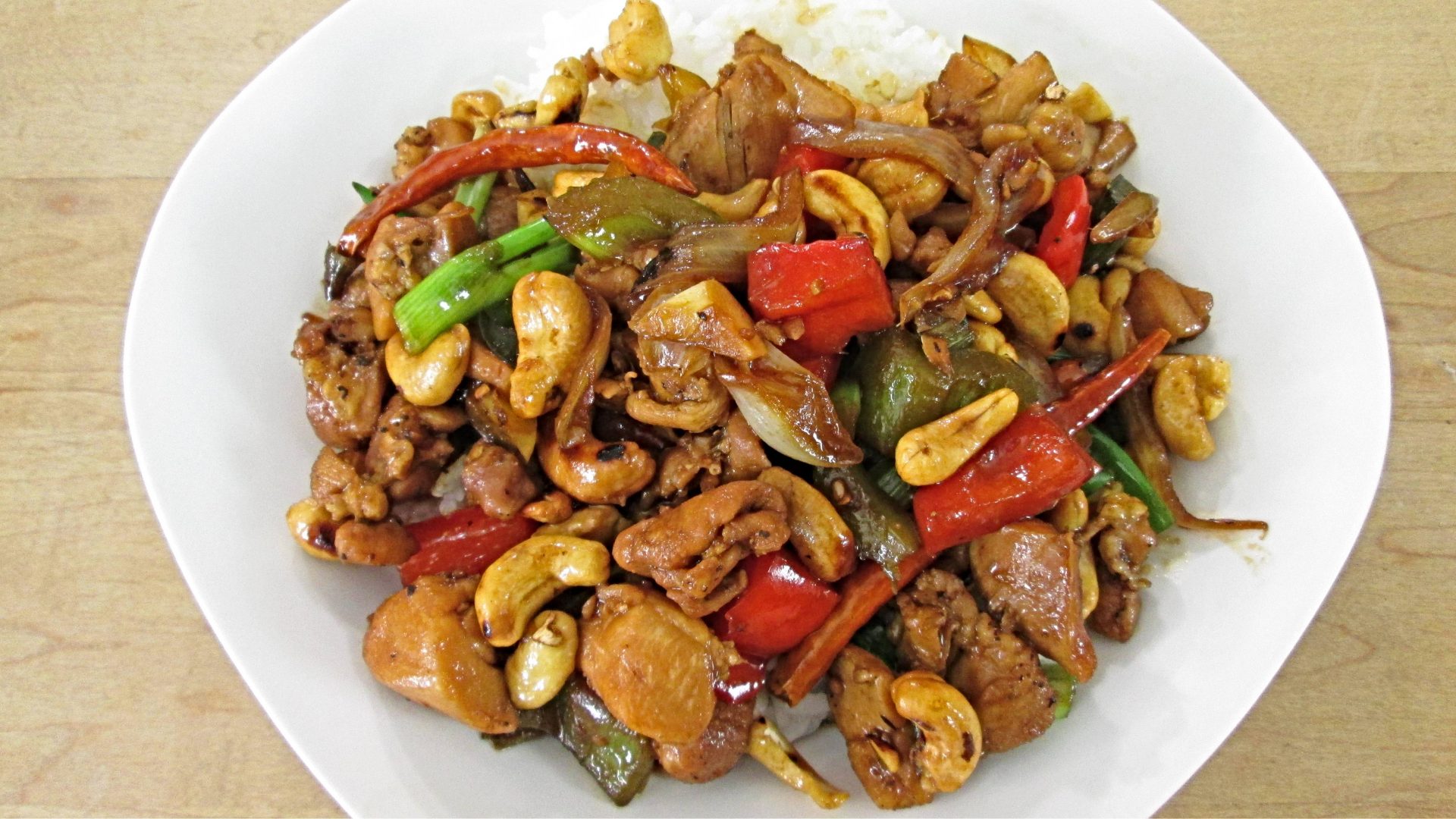
Thai Cashew Chicken
The Best Cashew Chicken This dish is one of the most popular entrees in American Chinese cuisine. It’s on the menu at practically every Chinese restaurant in the USA and that includes dine in, fast food and/or all you can eat buffet’s. There are many different vegetables that can be included in different recipe versions…
